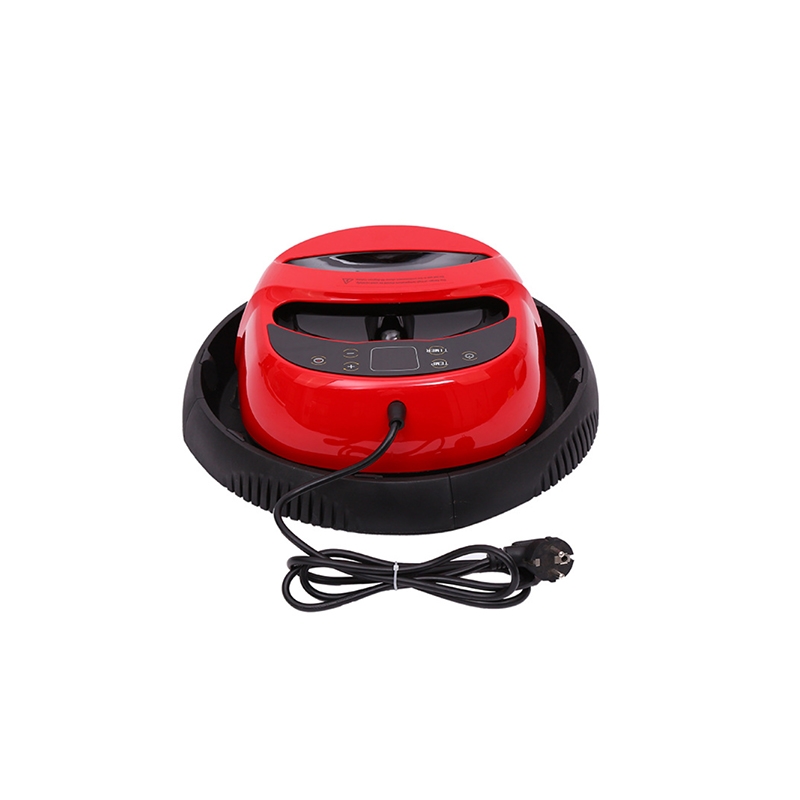Heat Press Transfer Printing: Revolutionizing the Packaging Industry
Heat Press Transfer Printing: Revolutionizing the Packaging Industry
In the dynamic world of packaging, innovation is key to staying ahead. The heat press transfer printing technology has emerged as a game-changer, offering versatility, efficiency, and durability in imprinting designs onto various surfaces. This method has been widely adopted across the packaging industry, enhancing product aesthetics and brand visibility.

How It Works:The heat transfer printing process involves using a specialized printer to print a design onto transfer paper with heat-sensitive inks. This paper is then placed on the substrate, such as fabric, ceramic, or metal, and a heat press is used to apply heat and pressure. The heat melts the ink, which then bonds permanently with the substrate, creating a vibrant and long-lasting print .
Applications in Packaging:
Customization: Heat press machines allow for the customization of packaging materials with unique designs, logos, and branding elements. This is particularly useful for limited edition releases or personalized packaging .
Durability: The prints produced by heat transfer printing are resistant to washing and wear, making them ideal for packaging materials that need to withstand the rigors of transportation and handling .
Versatility: This technology can be applied to a wide range of materials, including plastics, metals, and fabrics, offering flexibility in packaging design and production .
Efficiency: The heat press transfer printing process is quick, allowing for faster production times and meeting tight deadlines, which is crucial for businesses with high demand .
Advantages:
Cost-Effectiveness: With no need for significant upfront investment in equipment or consumables, heat transfer printing is an economical choice, especially for startups and small businesses .
Quality: High-quality prints can be achieved with precision and consistency, enhancing the professional appearance of packaging .
Environmental Friendliness: The process is dry, using no solvents or fumes, making it a more environmentally friendly option compared to traditional printing methods .
Innovations and Trends:The integration of automatic feeding devices with heat press technology has led to a new era of efficient production. Devices like the Electric Lanyard/Ribbon Feeding Device, designed to work with heat press machines, have streamlined the production process, reducing labor costs, and improving product quality .
Conclusion:Heat press transfer printing has become an indispensable tool in the packaging industry, offering a combination of customization, durability, and efficiency. As the technology continues to advance, it is expected to play a significant role in shaping the future of packaging design and production.
For more information on heat press transfer printing and its applications in the packaging industry, visit our website or contact us directly.
Stay ahead with heat press transfer printing – the future of packaging is now.
